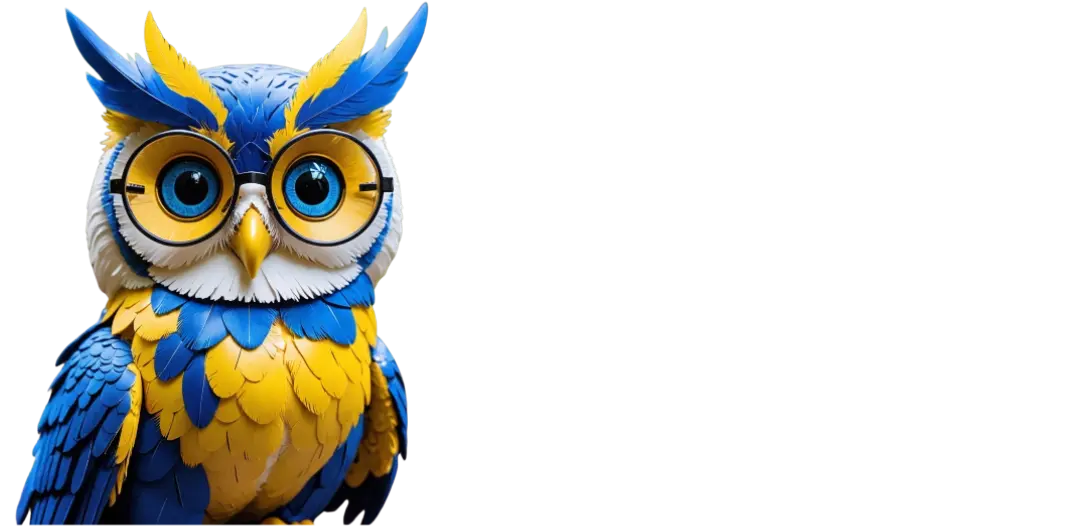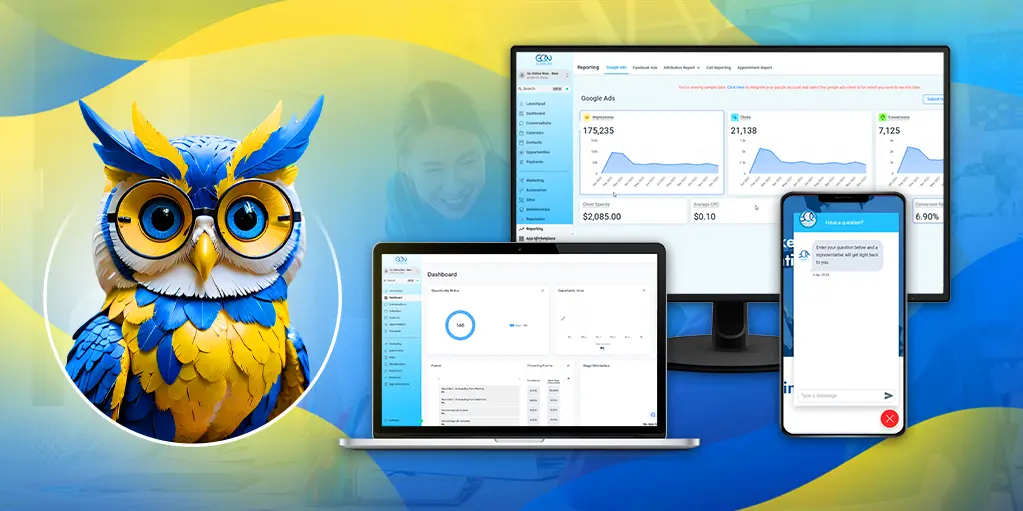Social media has evolved into a powerful tool for businesses to connect with their customers, raise brand awareness, and drive sales in today’s digital age. The world of social media marketing provides numerous opportunities, but it also necessitates a significant time investment. Finding the right balance between effectively managing their time and maintaining a strong social media presence is critical for business owners.
In this blog post, we will delve into pro social media marketing guidelines, focusing on time management and the steps required to create a compelling social media strategy.
We will look at various aspects of social media marketing, such as Instagram marketing, Facebook ads, Twitter promotion, and LinkedIn campaigns. We will also go over the significance of social media analytics, influencer marketing, viral content, and social media engagement. Business owners will be able to assess their capacity for content creation, community management, and tracking results by the end of this article, allowing them to make informed decisions about their social media marketing efforts.
1. Crafting an Effective Social Media Strategy
A strong social media strategy is the foundation of any successful marketing campaign. It establishes the foundation for your online presence and directs your efforts toward specific objectives. The following are the essential steps in developing an effective social media strategy:
– Define Your Objectives: The first step in developing a successful social media strategy is to define specific, measurable goals. Consider what you hope to achieve through social media marketing. Do you want to raise brand awareness, drive website traffic, generate leads, or increase sales? Knowing your goals will allow you to better align your efforts and resources.
– Understand Your Target Audience: Understanding your target audience is critical for tailoring your content and messaging to effectively resonate with them. Conduct extensive market research to learn about your target audience’s demographics, interests, pain points, and social media habits. This information will help you create content that will connect with your audience on a deeper level.
– Select the Correct Platforms: Not all social media platforms are created equal, and it is critical to focus on those that are relevant to your business and target audience. Instagram, for example, may be better suited for visually appealing products and a younger audience, whereas LinkedIn may be better suited for B2B businesses targeting professionals.
– Create a Content Calendar: Building a strong social media presence requires consistency. Create a content calendar that details what and when you will publish content. Preparing your content ahead of time allows you to stay organized, keep a consistent posting schedule, and avoid last-minute rushes.

2. Social Media Advertising: Reaching a Wider Audience
While organic reach and engagement are important, social media advertising allows you to expand your message and reach a larger audience. With billions of active users across multiple platforms, advertising offers the opportunity to precisely target specific audiences. Here’s how to start advertising on social media:
– Define Your Advertising Goals: Prior to running ads, define your advertising goals and connect them to your social media strategy. Setting specific goals will help you measure the success of your campaign, whether it’s increasing website clicks, driving conversions, or raising brand awareness.
– Use Facebook Ads: Facebook’s advertising platform provides a variety of targeting options to help you reach your target audience. Experiment with various ad formats like image ads, video ads, carousel ads, and lead generation ads. Monitor and optimize their performance as needed.
– Use Instagram: As a visual platform, Instagram is ideal for creatively showcasing products and services. Instagram marketing and ads to reach a larger audience, and consider working with influencers to expand your brand’s reach and credibility.
– Use Twitter for Promotion: Because Twitter is a fast-paced platform, it is ideal for making timely promotions and announcements. Promoted tweets and trends can help you reach a larger audience while also sparking conversations about your brand or products.
– Participate in LinkedIn Campaigns: LinkedIn can be a goldmine for lead generation and networking for B2B businesses. To target professionals in your industry, look into sponsored content, sponsored InMail, and display ads.
3. Time Management for Content Creation
Creating high-quality content on a consistent basis is at the heart of any successful social media strategy. However, creating content can take time, especially if you manage multiple platforms. Here are some time management tips to help you get more done in less time:
– Batch Content Creation: Rather than creating content on the fly, set aside time each week or month to create multiple pieces of content at once. This method enables you to work efficiently while maintaining a consistent posting schedule.
– Repurpose Content: Repurposing content not only saves time but also allows you to reach out to different segments of your audience. Convert longer blog posts into shorter social media snippets, infographics into carousel posts, or video content based on your best-performing blog articles.
– Use Content Creation Tools: Make use of content creation tools to make the process easier. Canva allows you to create stunning graphics and visuals, while Hootsuite and Buffer allow you to efficiently schedule and manage your social media posts.

4. Community Management and Social Media Engagement
Building a loyal and engaged community is critical for social media marketing success. Responding to comments, messages, and mentions, as well as engaging with your audience on a regular basis, are all part of community management. Here are some pointers for good community management:
– Make Time for Engagement: Set aside specific time slots each day to interact with your audience. Respond to comments, questions, and mentions as soon as possible. Engaging your audience demonstrates that you value their opinions and fosters a sense of connection.
– Track Brand Mentions: Keep track of brand or product mentions on social media. Social media listening tools can assist you in monitoring these mentions and responding quickly to both positive and negative feedback. Addressing issues as soon as they arise demonstrates your dedication to customer satisfaction.
– Encourage User-Generated Content (UGC): User-generated content (UGC) can be a valuable asset for your brand. Encourage customers to share their thoughts on your products or services, and reshare their content with proper attribution. User-generated content not only saves you time when creating content, but it also fosters trust and authenticity.
5. Social Media Analytics: Tracking and Measuring Success
You must monitor and analyze your performance to ensure that your social media efforts produce the desired results. Social media analytics provide useful information about the reach, engagement, and conversions of your content. Here’s how to make the most of social media analytics:
– Establish Key Performance Indicators (KPIs): Set specific KPIs that are in line with your social media goals. Reach, impressions, engagement rate, website clicks, and sales are some examples. Defining KPIs allows you to assess the efficacy of your social media strategy.
– Make use of Platform Analytics: Each social media platform has its own set of analytics tools. Dive into the data to learn what content works well and what needs to be improved. Analyze metrics like likes, shares, comments, and click-through rates to learn more about your audience’s preferences.
– Use URL Tracking: Use UTM parameters to track the effectiveness of social media links. This allows you to see which posts are bringing traffic and conversions to your site. URL tracking enables you to directly attribute website actions to specific social media campaigns.
6. Influencer Marketing and Viral Content
Influencer marketing and viral content can significantly increase your social media presence and reach. However, for these strategies to be effective, they must be carefully planned and implemented. Here’s how to effectively approach influencer marketing and viral content:
– Select the Right Influencers: Influencer marketing entails collaborating with individuals who have a large and engaged following in your niche. Consider their audience demographics, engagement rates, and relevance to your brand when choosing influencers. To maintain authenticity, you must work with influencers whose values align with yours.
– Micro-Influencers: Micro-influencers have a smaller following but a highly engaged and loyal audience. Collaborating with micro-influencers can save money and result in more genuine connections with their followers.
– Long-Term Partnerships: Think about forming long-term relationships with influencers who genuinely connect with your brand. Building a long-term relationship with their audience can lead to more authentic content and a deeper connection.
– Monitor Influencer Performance: Use trackable links and codes to track the effectiveness of influencer campaigns. Track the number of followers, engagement, website traffic, and conversions gained as a result of their promotions.
– Viral Content Strategy: Creating viral content is difficult because it is heavily dependent on audience preferences and engagement. However, with a well-planned strategy, you can increase your chances of going viral:
– Emotionally Resonant Content: Content that elicits emotions, such as humor, empathy, or inspiration, is more likely to go viral. Use your audience’s emotions to create shareable content that will leave an impression.
– Current Events and Trends: Stay current with current events and trends in your industry. Make use of timely and shareable topics to create content.
– Storytelling: Create captivating stories centered on your brand or products. Humanizing your brand through storytelling makes it more relatable and shareable.
– User-Generated Content (UGC): As previously stated, UGC is an effective way to encourage viral content. Encourage your followers to create and share content about your company or products, and thank them by resharing their posts.
7. Outsourcing: Leveraging External Support
While in-house social media marketing can be rewarding, it can also be time-consuming and resource-intensive. Outsourcing specific aspects of social media marketing can assist you in striking the proper balance between time management and maintaining a strong social media presence. Consider outsourcing the following tasks:
– Content Creation: Working with content creators or agencies can help you consistently produce high-quality content. They can create visually appealing graphics, compelling copy, and multimedia content that is tailored to your brand and audience.
– Social Media Management: Outsourcing day-to-day management of your social media accounts can save you time while also ensuring that your profiles remain active and engaging. Schedules, engagement, and community management can all be handled by social media managers.
– Social Media Advertising: Successful ad campaigns necessitate knowledge of targeting, optimization, and analytics. To maximize the impact of your ad spend, consider working with social media advertising specialists or agencies.
– Analytics and reporting: Deriving actionable insights from social media analytics can be difficult. Outsourcing analytics and reporting to experts can assist you in accurately measuring the effectiveness of your strategies.
– Influencer Marketing: If you decide to include influencer marketing in your strategy, you can outsource the management of influencer partnerships to influencer collaboration agencies.
– Viral Content Creation: Collaborating with creative agencies or content marketing experts can increase the likelihood of producing shareable and memorable content for businesses looking to create viral content.
Conclusion
For business owners, finding the right balance between time management and maintaining a strong social media presence is a constant challenge. A well-thought-out social media strategy, as well as effective time management for content creation, community management, and social media engagement, are critical success factors. Businesses can increase their reach, engagement, and, ultimately, their bottom line by leveraging social media advertising, influencer marketing, viral content strategies, and social media analytics.
Outsourcing specific aspects of social media marketing can also free up valuable time and resources, allowing businesses to focus on core competencies while still maintaining a strong online presence. Remember that the impact and results of a well-executed strategy are more important than the time invested in social media.
Staying adaptable and open to experimentation is critical as the social media landscape evolves. Review your strategy on a regular basis, analyze performance metrics, and stay on top of emerging trends and changes in your industry. By doing so, you can strike the ideal balance between time management and social media presence, resulting in meaningful and long-term business growth.
Take Action Now, Supercharge Your Online Marketing! 🚀
Ready to take your organization’s marketing to the next level? 🚀 Contact us now to unlock the full potential of online marketing! 🌟 Let’s grow your business, attract more clients, and save money on effective marketing strategies. 💼 Fill out the form here ➡️ https://bit.ly/3p0bBS5 or book a convenient Zoom meeting ➡️ https://bit.ly/3TR3Wn6. 📆 Don’t miss this opportunity to get all your burning questions answered! 🔥 Let’s supercharge your marketing efforts together! 💪





